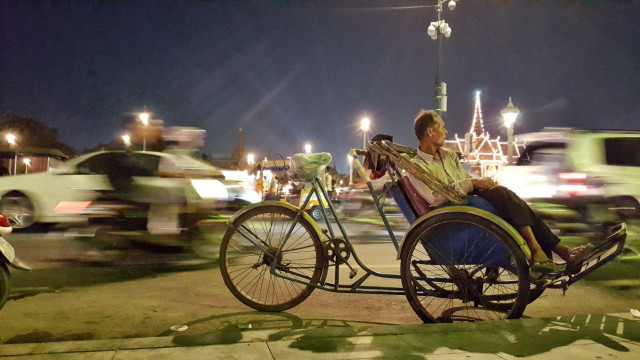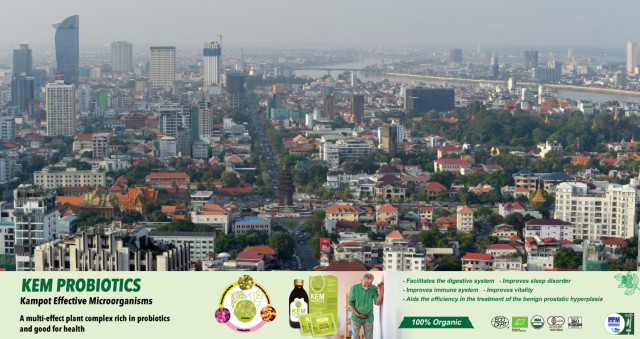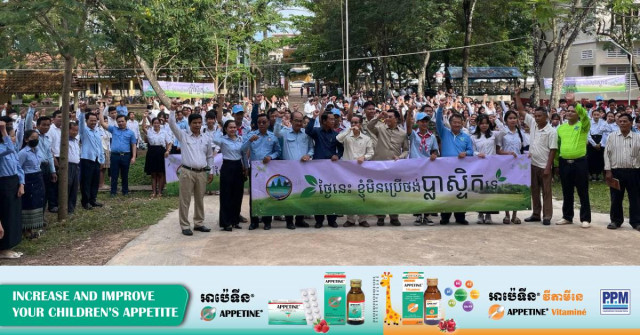Two Cambodias in One

- By Cambodianess
- January 29, 2023 10:00 AM
On the eve of Chinese New Year, a man in his 60s was going back to his village after having paid a visit to a cousin 30 kilometers or so from his home. He was riding a motorcycle—one of those small ones from the old days that people in the countryside have—on a road in Kampong Cham province.
It was late morning and visibility was good. No rain, no dust. This man whom I knew was driving fast as he always did, cutting across the curves. Coming out of a hairpin bend, he found himself face to face with a motorcycle riding at full tilt. It was a brand-new motorcycle, powerful, capable of reaching 100 km/h. It was driven by a young man. Behind him, another young man. No helmets.
The collision was horrific.
The old motorcycle was torn to pieces. The man I knew was thrown through the air, his body torn apart. According to witnesses, he died a few moments after the collision. The two young men at first believed dead at impact are now between life and death.
One could look at this as being a commonplace traffic accident. One more. So what?
Let’s go further.
I see a man who had lived through the worst years of Cambodia’s recent history and who will never know a peaceful life at last in a country in which, even in its remote corners of the countryside, he could have enjoyed, even in a small way, the pleasure of wanting for nothing.
I see two young men astride one of those motorcycles of this new era symbolizing this prosperity that also instills the countryside and who were entering life untouched by the scenes of horrors of the past, but who have been swallowed, even before taking advantage of it, by the whirlwind of this new Cambodia in the process of emerging.
I see two Cambodias, the one of yesterday and the one of today, in the same space and time,
I see people driving, whatever vehicles they have—a motorcycle falling apart or extremely powerful, a four-wheel drive monster, a luxury car—like in the days of oxcarts.
I see the integration of Cambodia’s economy into capitalist globalization regulated by international norms that require some transparency in governance while here, paternalistic and family business management often prevails as previously, leading to lack of transparency and nepotism.
I see the brutal and unchecked transformation of a society toward the Asian and/or Western canons of modernity, but whose fundamental points of reference still date back to ancient, archaic times.
Elsewhere, this transformation has taken place in the course of several decades, which gave the society time to adapt by training young people to meet the new needs, by enabling people to incorporate, in the course of generations, the new codes this transformation was imposing, whether in the business management field or in social life.
Here, one rushes to fill within one or two decades the black hole of the four or five decades of war and instability.
One’s feet have already reached tomorrow if not after tomorrow, while one’s head is stuck in the day before yesterday if not farther, in the dream of the Angkorian times.
This man I knew and those two young men I did not know were crushed in-between these two Cambodias.
Deep down, this drama is telling us: For the good of the country, let’s not let one’s legs run faster than one’s head.















